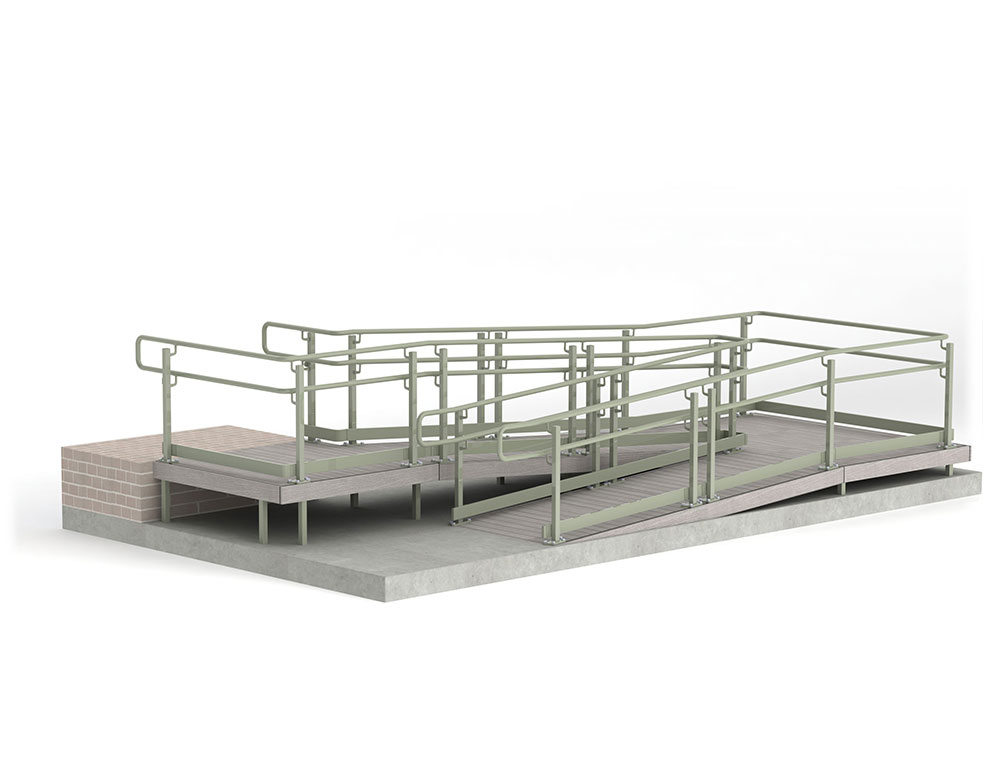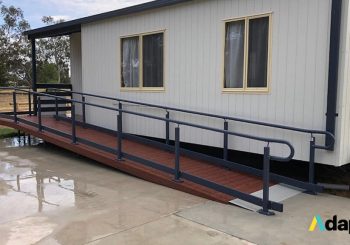Prefabricated ramps are economical and practical solutions when it comes to providing better accessibility to residential and commercial properties. This type of ramps are usually made up of several sections that are assembled together on-site during the installation process.
These ramps come in various sizes and are made from different materials such as wood and aluminium. Due to the nature of prefabricated ramps, they are usually easier to install than building a ramp from scratch.
In order to make the most of the other benefits of prefabricated ramps, there are a few factors you have to consider first before having one installed in your home or place of business.
Who Will Use It?
When it comes to getting a prefabricated ramp, one of the things that you have to consider is its purpose or who will be using it. By considering the main purpose of your ramp, you’ll be able to ensure that it has other necessary features.
For instance, since an accessibility ramp is commonly used by people with disabilities and mobility issues, it should be wheelchair-friendly. This means that the ramp’s gradient should not be too steep, and it should also be equipped with other safety features such as handrails and a non-slip surface.
The Area Where It Will Be Installed
Before getting a prefabricated ramp, examine the area where you will install it. Aside from ensuring that the path of the ramp is not obstructed, you also have to determine if the area has enough space to accommodate the type and size of the prefabricated ramp that you want to get.
As you’re examining the area, check if the ramp will be exposed to the elements. Doing so will help you select a ramp that’s made from materials that can withstand harsh weather conditions.
Is It DDA And AS Compliant?
In Australia, there are certain laws and regulations in place to ensure that ramps have the right specifications. While the Disability Discrimination Act (DDA) aims to make sure that all public areas can be easily accessed by persons with disabilities, the Australia Standards (AS) require ramps to have certain features for added safety and accessibility.
Commercial ramps or those that are available to the public should comply with these regulations. So, before installing a prefabricated ramp for your business or commercial establishment, make sure that its various features, such as its slope, length, and handrails, follow the guidelines set by the DDA and AS.
Find The Right Supplier
Getting a prefabricated ramp from a reliable and trustworthy supplier can help prevent potential problems in the future. After all, the right supplier can provide you with a sturdy ramp that meets all of your needs and preferences.
In addition, professional ramp companies can handle the assembly and installation of your ramp, which can ensure that it’s set up properly. More importantly, since a reputable company is aware of all the DDA and AS regulations regarding ramps, you can be sure that you’ll get a prefabricated ramp that meets the current laws and building codes.



